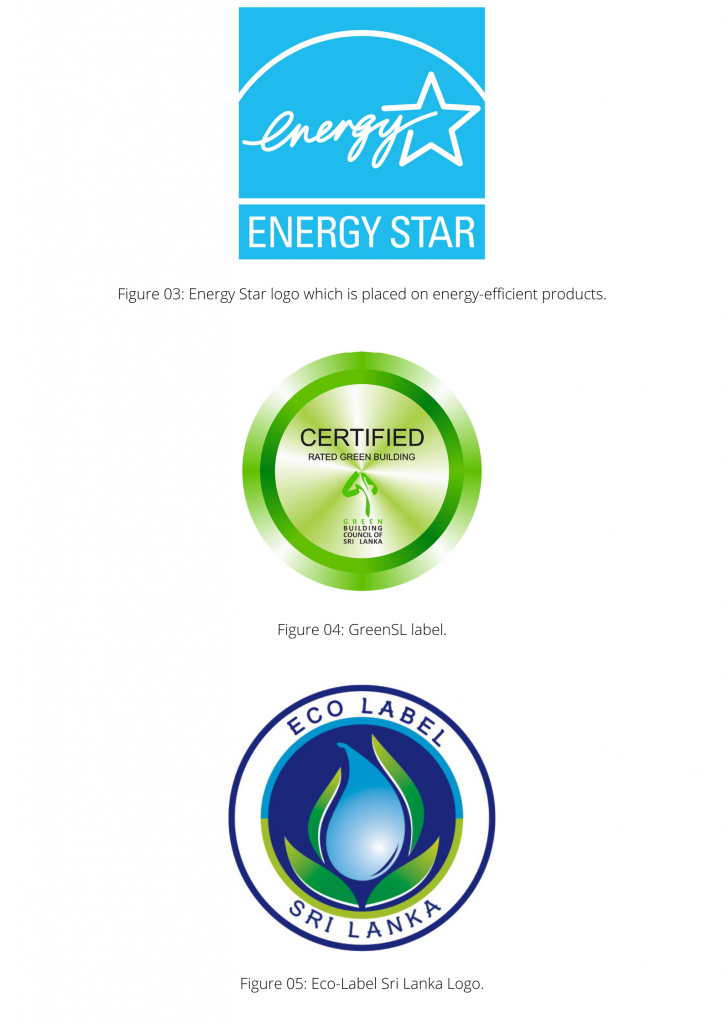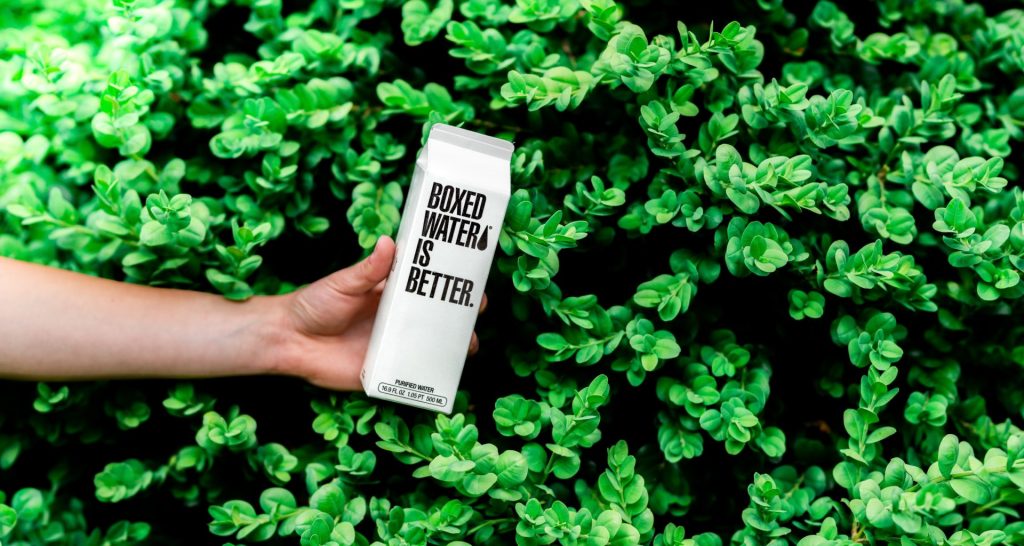In today’s world, we face tremendous environmental changes with global warming, rising sea levels, deforestation, and much more. All these changes are causing irreparable damages to the environment and the lives that depend on it. Just this past week, we have had numerous natural disasters throughout the world, ranging from a volcanic eruption in Spain, an earthquake in China, drought in Kenya, and flooding and landslides in Malaysia, Pakistan, Nigeria, and Guatemala. These disasters are not just headlines in the news; they’re the resounding alarms from nature on the importance of making sustainable choices. There’s a perception that millennials are the most sustainable and environmentally conscious generation because we care about deforestation, energy efficiency, and climate change worldwide. But if we care, it is also vital that we act accordingly. One simple yet highly effective way of achieving this is by becoming a “Green Consumer”.
Who is a Green Consumer?

A green consumer is one who purchases only environmentally friendly or eco-friendly products and guarantees the ethical use and disposal of the said products through recycling, biodegrading, or composting.
What are Green Products?
A green product is a sustainable and eco-friendly product designed to minimize its impact on the environment during its whole life-cycle and even after it’s of no use. These products both reduce waste and maximize resource efficiency.
Some characteristics of an eco-friendly product include:
- Ability to recycle, compost, biodegrade or reuse the product
- Eco-efficient
- Has zero carbon and plastic footprint
- Produced using least resources
- No use of toxic chemicals
- Eco-friendly packaging
An eco-friendly product does not:
- Endanger the health of people, plants or animals
- Pollute the environment at any stage of its life (manufacture, use, and disposal)
- Consume any excessive amount of energy and other resources at any stage of its life
- Cause unnecessary waste
- Use materials procured from threatened species or environments

Reusable shopping gear, ethical personal accessories like spectacles made from recycled ocean plastic, bags made from recycled plastic drink bottles and eco-friendly phone cases, planet-friendly pet accessories, reusable beverage containers, eco-friendly home items like eco-laptops and sustainable clothes are a few examples of the innumerable options of these products currently available in the market.
How to Identify Eco-friendly Products in the Market?
Due to the high demand for eco-friendly products, it has become common for companies to falsely advertise their products as ‘Green’. Hence it is essential to be knowledgeable in this subject to be an intelligent green consumer. One of the easiest ways to do that is by looking for specific labels. Some such labels include:
- Energy Star (EPA): Found on various electronic gadgets and buildings. These products aim at reducing energy consumption and reducing the over usage of non-renewable resources.
- GreenSL labels: Found on household products, paints, cement, tiles and many more. It focuses on reducing the harmful effect of raw materials extraction, production, use and reuse of disposed of wastes.
- Eco-Label Sri Lanka: Found on dairy and tea products. This label identifies products or services proven environmentally preferable overall, within a specific product or service category.

How can you become a Green Consumer?
No one can ever be forced into thinking green. So if you are ready to make the world a better place and have the mindset to save the planet from further damage, you are halfway there to becoming an eco-friendly consumer. Listed below are some minor lifestyle changes you can make in your life to proudly call yourself a “Green Consumer”.
- Saving energy consumption in your surroundings by being mindful of the power sources and turning them off when not in use.
- Use green electricity, opt for solar products and renewable energy sources. Or even products that use very little electricity.
- Check for the above-mentioned energy labels when purchasing products.
- Practice recycling in your households and use eco-friendly products.
- Buy locally grown organic food.
- Educate yourself about green product language
- Research on companies that sell green products
- Don’t be fooled by pretty packaging

Benefits of Eco-friendly Consumerism
The advantages of going green are numerous. It reduces one’s daily expenses, promotes eco-friendly awareness, promotes physical and mental health, reduces energy consumption, protects the earth, and saves time. Green Consumers also gain the satisfaction and enjoyment of contributing to saving the planet, a sense of accomplishment, self-realization, security, and belonging.

We are all living a life of purchase-use-and-dispose without thinking about the adverse effects on our health and environment, growing our economy at the expense of nature. Pervasive marketing tells us to buy this and that without asking any questions, and we too tend to follow these practices without thinking deeper. As consumers, we have the right to understand our purchases’ ethical, economic, health, and environmental impacts. A recent survey showed that 65% of consumers want to buy purpose-driven brands advocating sustainability; however, only about 26% actually do so. Let us change this norm. This green consumer day, let’s choose to make a difference. Let’s become the change we want to see.
Written By:
Sayagi Asogan,
2nd Year Undergraduate,
Faculty of Science,
University of Colombo.
References:
- (2014, April 3). 7 Steps to Becoming a Green Consumer. The New Ecologist. http://www.thenewecologist.com/2014/04/become-a-green-consumer/
- Clarke, H. (2021, August 14). 48 Eco Friendly Products to Buy Today to Stop Plastic Waste. Onya. https://www.onyalife.com/eco-friendly-products/
- Das, P. (2021, August 28). What Is A Green Product? – Examples, Advantages, & Challenges. Feedough. https://www.feedough.com/green-product/
- E. (2020a, September 28). The Rise of Green Consumerism. ET2C International. https://et2c.com/the-rise-of-green-consumerism/
- R. (2020b, January 18). Green Consumerism: Importance, Examples and Strategies. Conserve Energy Future. https://www.conserve-energy-future.com/green-consumerism-importance-examples-strategies.php
- Yu-Ling Lin, & Hong-Wen Lin. (2015). The Benefits and Values of Green Lifestyle Consumers. International Journal of Marketing Studies, 7(2015). https://pdfs.semanticscholar.org/f492/b65669efaf1e0a84f169bcab5eb91436e044.pdf
Image Courtesy:
- Title Image: https://bit.ly/3olo5nA
- 1st Content Image: https://bit.ly/2WilT4N
- 2nd Content Image: https://bit.ly/3icUI3e
- 3rd Content Image: https://bit.ly/3idPZOx
- 4th Content Image: https://bit.ly/3m1UwoE
- 5th Content Image: https://bit.ly/3uhZ1yO
- 6th Content Image: https://bit.ly/3oacU1f
- 7th Content Image: https://bit.ly/3olnZMK



0 Comments